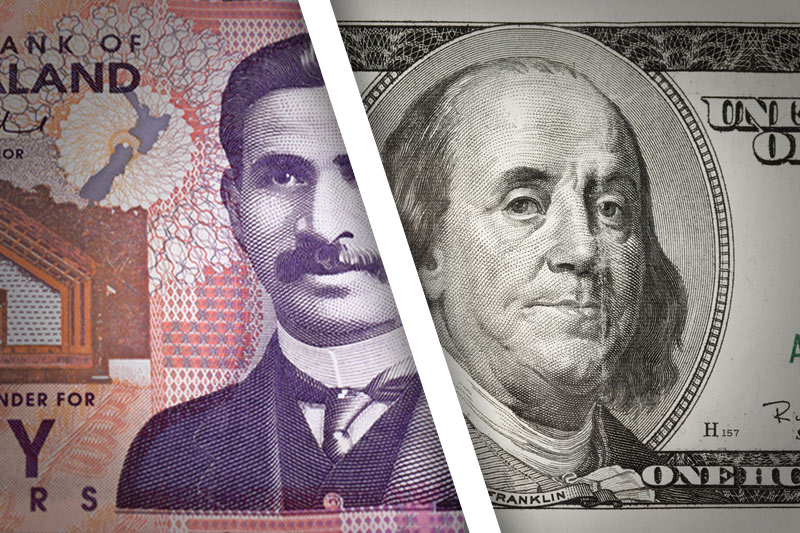Investing.com - The New Zealand dollar was fractionally lower against its U.S. counterpart on Monday, as investors renained cautious after the results of Spanish bank stress tests on Friday, while concerns over the outlook for global economic growth weighed.
NZD/USD hit 0.8266 during European morning trade, the pair's lowest since September 27; the pair subsequently consolidated at 0.8293, edging down 0.08%.
The pair was likely to find support at 0.8236, the low of September 18 and resistance at 0.8353, the high of September 14.
The Bank of Spain announced Friday that the recapitalization needs of Spanish banks amounted to EUR59.3 billion, broadly in line with market expectations.
But investors remained cautious as the Spanish government said the effort to clean up an ailing banking system will widen its budget gap and increase its debt load.
Markets were also awaiting the outcome of Moody's rating agency's latest review of Spain's sovereign rating, which may see it downgraded to junk status.
Meanwhile, data showing that manufacturing activity in China contracted for the second consecutive month in September, falling to the lowest level since November 2011, sparked fresh concerns over the outlook for growth in the world's second largest economy.
China is New Zealand's second biggest export partner.
The kiwi was steady against the Australian dollar with AUD/NZD easing up 0.06%, to hit 1.2506.
Later in the day, the euro zone was to release revised data on manufacturing activity, as well as official data on the unemployment rate throughout the region.
The U.S. was to publish a report by the Institute for Supply Management on manufacturing PMI, while Federal Reserve Chairman Ben Bernanke was to speak at the Economic Club of Indiana, in Indianapolis.
NZD/USD hit 0.8266 during European morning trade, the pair's lowest since September 27; the pair subsequently consolidated at 0.8293, edging down 0.08%.
The pair was likely to find support at 0.8236, the low of September 18 and resistance at 0.8353, the high of September 14.
The Bank of Spain announced Friday that the recapitalization needs of Spanish banks amounted to EUR59.3 billion, broadly in line with market expectations.
But investors remained cautious as the Spanish government said the effort to clean up an ailing banking system will widen its budget gap and increase its debt load.
Markets were also awaiting the outcome of Moody's rating agency's latest review of Spain's sovereign rating, which may see it downgraded to junk status.
Meanwhile, data showing that manufacturing activity in China contracted for the second consecutive month in September, falling to the lowest level since November 2011, sparked fresh concerns over the outlook for growth in the world's second largest economy.
China is New Zealand's second biggest export partner.
The kiwi was steady against the Australian dollar with AUD/NZD easing up 0.06%, to hit 1.2506.
Later in the day, the euro zone was to release revised data on manufacturing activity, as well as official data on the unemployment rate throughout the region.
The U.S. was to publish a report by the Institute for Supply Management on manufacturing PMI, while Federal Reserve Chairman Ben Bernanke was to speak at the Economic Club of Indiana, in Indianapolis.
